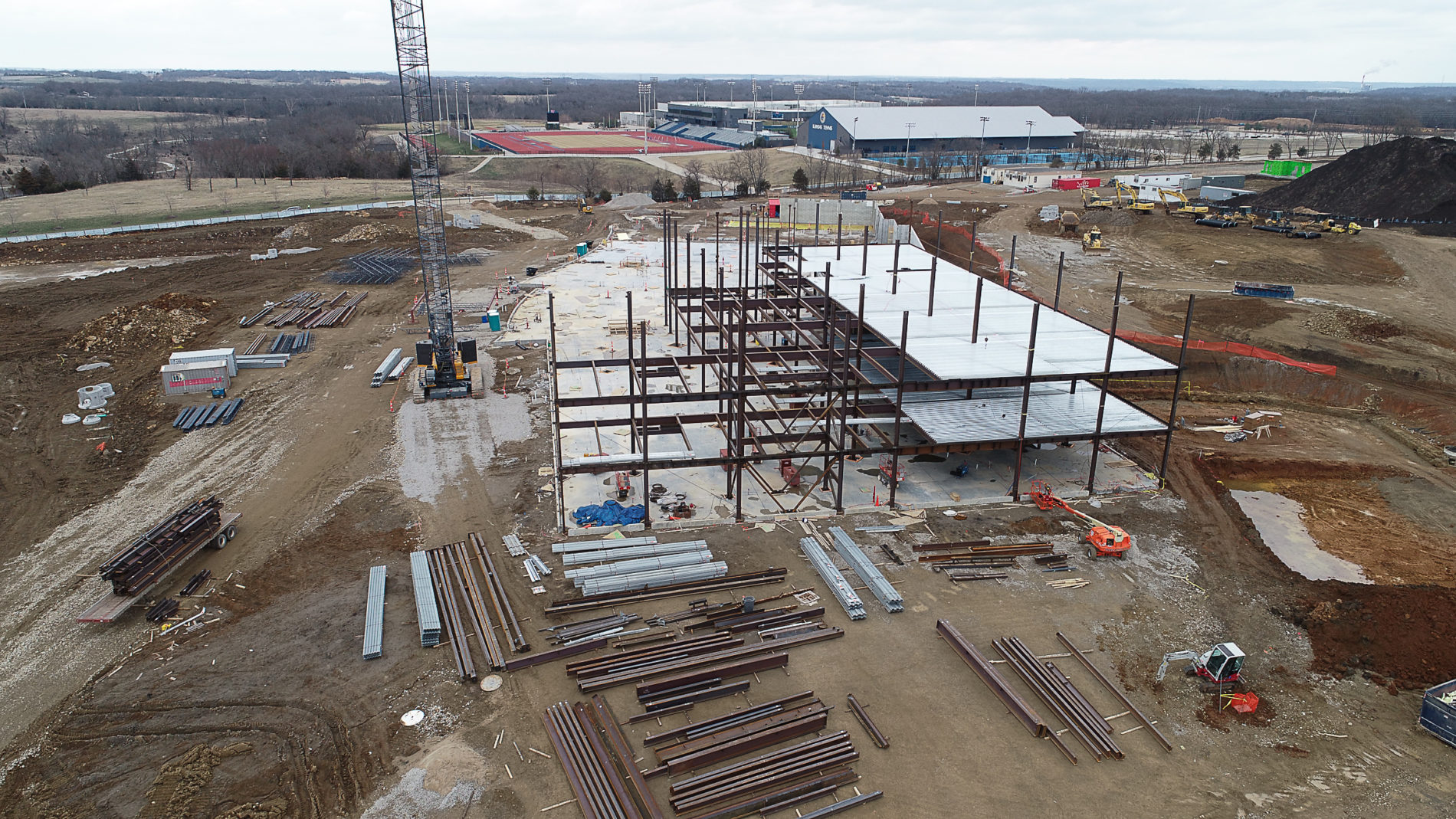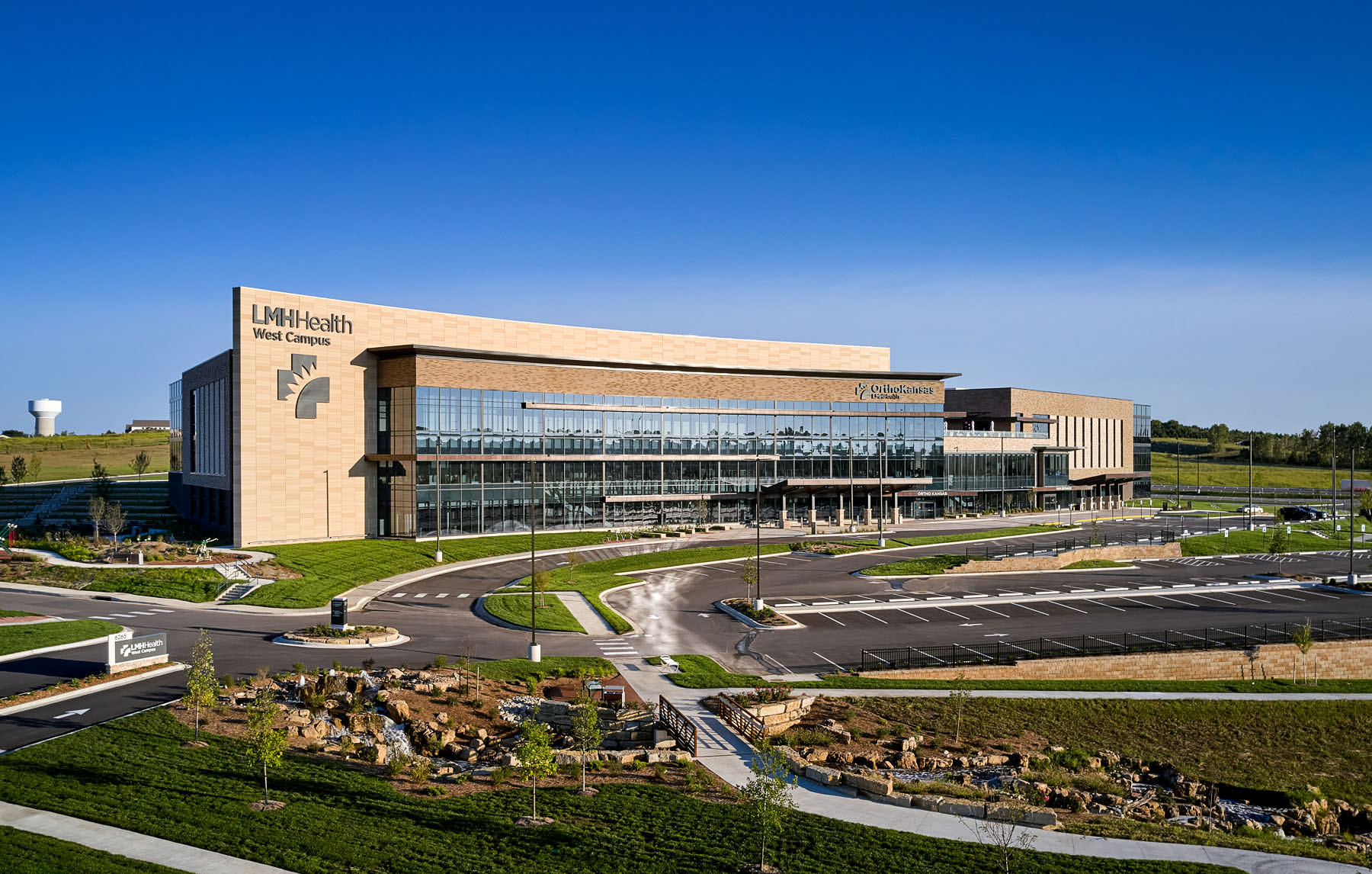Exploring your options with real-time estimating
“When taking on a major construction project, clients want to spend their budget the best way possible,” said Tucker Peddicord, LEED AP, Estimating Executive at McCownGordon Construction. “Real-time estimating lets them know exactly what their project entails and the cost impact of their decisions.”

“When taking on a major construction project, clients want to spend their budget the best way possible,” said Tucker Peddicord, LEED AP, Estimating Executive at McCownGordon Construction. “Real-time estimating lets them know exactly what their project entails and the cost impact of their decisions.”
It’s a bit like going to the grocery store, he explained. People don’t want a big surprise at the checkout line. They certainly don’t want a big surprise on a construction project.
Real-time estimating is a service offered during preconstruction. It enables clients to better understand the benefits and costs of what they’re buying, as well as evaluate alternative options, before a shovel ever touches the ground.
Typically, preconstruction includes four planning phases: programming, schematic, design development and final design. Estimates are generated during each phase. However, there may be multiple design iterations in a single phase.
“We evaluate models for each iteration of the design, identify changes and update our estimates accordingly,” said Scott Kimzey, Director of Estimating, McCownGordon. “That real-time estimating allows us to develop the budget early on and manage to it throughout preconstruction and construction.”
The earlier clients bring a construction manager on board, the more impactful real-time estimating is for their project.
“When we’re brought on board early, we can provide guidance during preconstruction,” Peddicord said. “If we join later in the process, we usually find the owner in a situation where they’re over budget and have fewer options available.”
How it works
Using a quantification-modeling program that interprets the 3D model from the architect, McCownGordon provides an objective view of the project’s cost. Every element is quantified, and clients see the net effect of changes made throughout the process. This helps owners understand the ramifications of their decisions and alternative options available to them. Then, they can balance their priorities against cost.
“Hundreds of decisions can be made between design phases,” Kimzey said. “With real-time estimating, clients can see the effect of those changes on the budget and make informed decisions about keeping or changing materials or other elements.”
This regularly results in added value to clients. When they understand the impact of their decisions, they can reprioritize and potentially gain square footage, reduce lifecycle costs, afford upgraded fixtures or make other enhancements to the final design.
This process is highly collaborative between the owner, architect and construction manager.
“A big part of it is making sure the lines of communication are wide open,” Peddicord said. “Everyone’s at the table together.”
At McCownGordon, we consider every step and provide alternatives to ensure we achieve the owner’s goals. The net effect ensures clients get the building they need and want, while feeling comfortable with the decisions they’ve made.
Want to know more? Find out how we added value for Lawrence Memorial Hospital using real-time estimating in this video.




